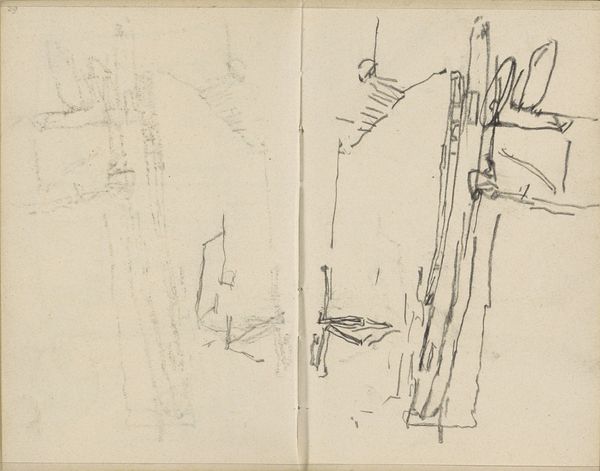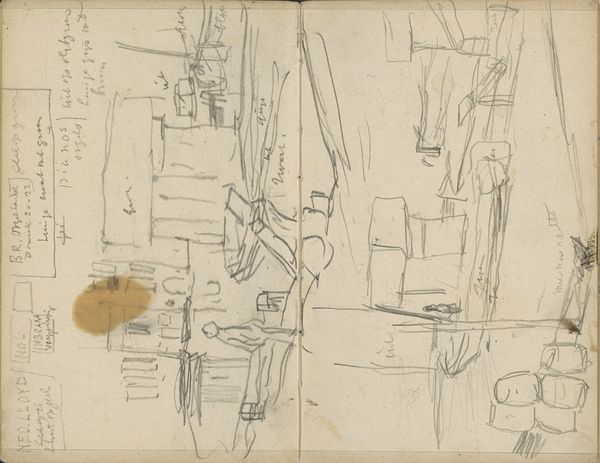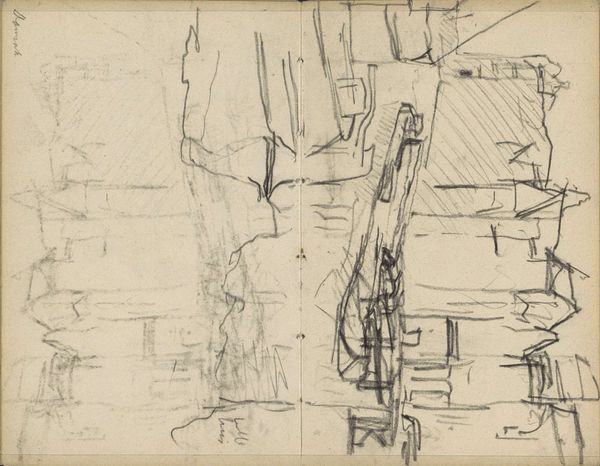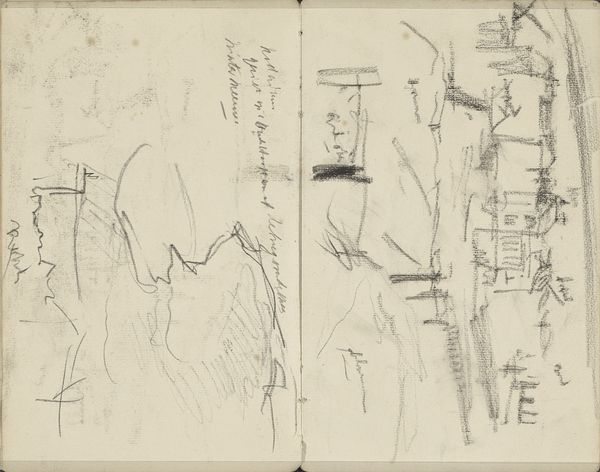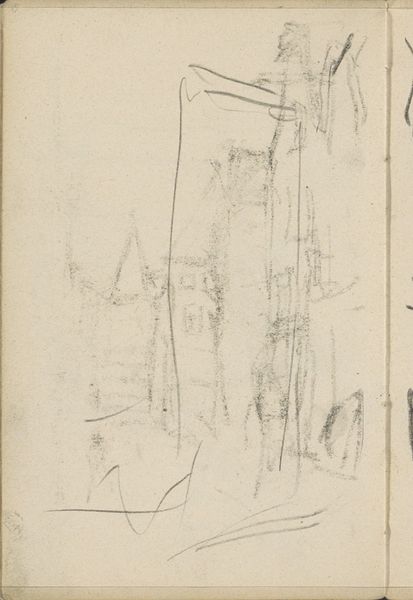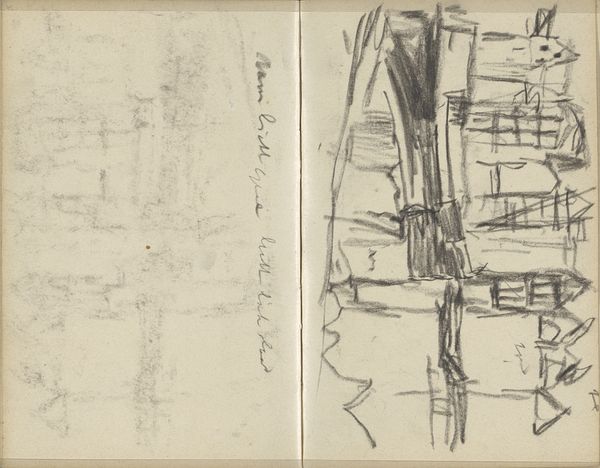
Gezicht op het Damrak te Amsterdam met de toren van de Oude Kerk c. 1903
0:00
0:00
georgehendrikbreitner
Rijksmuseum
Copyright: Rijks Museum: Open Domain
Editor: This is George Hendrik Breitner’s "Gezicht op het Damrak te Amsterdam met de toren van de Oude Kerk," a pencil drawing from around 1903, currently held at the Rijksmuseum. The sketchiness of the drawing makes it feel so immediate, like a fleeting impression. How do you interpret this work, beyond it being a cityscape? Curator: It's interesting you mention that "fleeting impression." Breitner was deeply invested in capturing the energy of the modern city, particularly the working class experience. How do you see that reflected – or perhaps, not reflected – in this particular sketch? Remember that the late 19th and early 20th centuries saw massive social upheaval, labor movements, and rapid industrialization, all profoundly impacting Amsterdam. Editor: I see the cityscape, but because it’s a sketch, the social elements feel…absent. More like the backdrop for something unseen. Curator: Exactly! Consider the context: Amsterdam, a port city, a hub of commerce, also a place of intense inequality. Breitner often depicted the lives of working-class women and laborers. Do you think this sketch might be a preparatory study, a way for him to grasp the urban structure before layering in those human elements? Editor: That makes sense. Perhaps it’s a way of understanding the structures that then shape people's lives. A sort of… spatial determinism in artistic form? Curator: Precisely! He is showing how the physical city itself is complicit in larger social narratives. And look at the angle, could that indicate his personal class position while viewing it? Editor: I never thought about that. So it's not *just* a cityscape, but a political statement on urban life. It's like he’s revealing the scaffolding of the city’s social inequalities. I’ll never see cityscapes the same way again. Curator: Indeed. Art can expose those silent socio-political dynamics of a location.
Comments
No comments
Be the first to comment and join the conversation on the ultimate creative platform.

